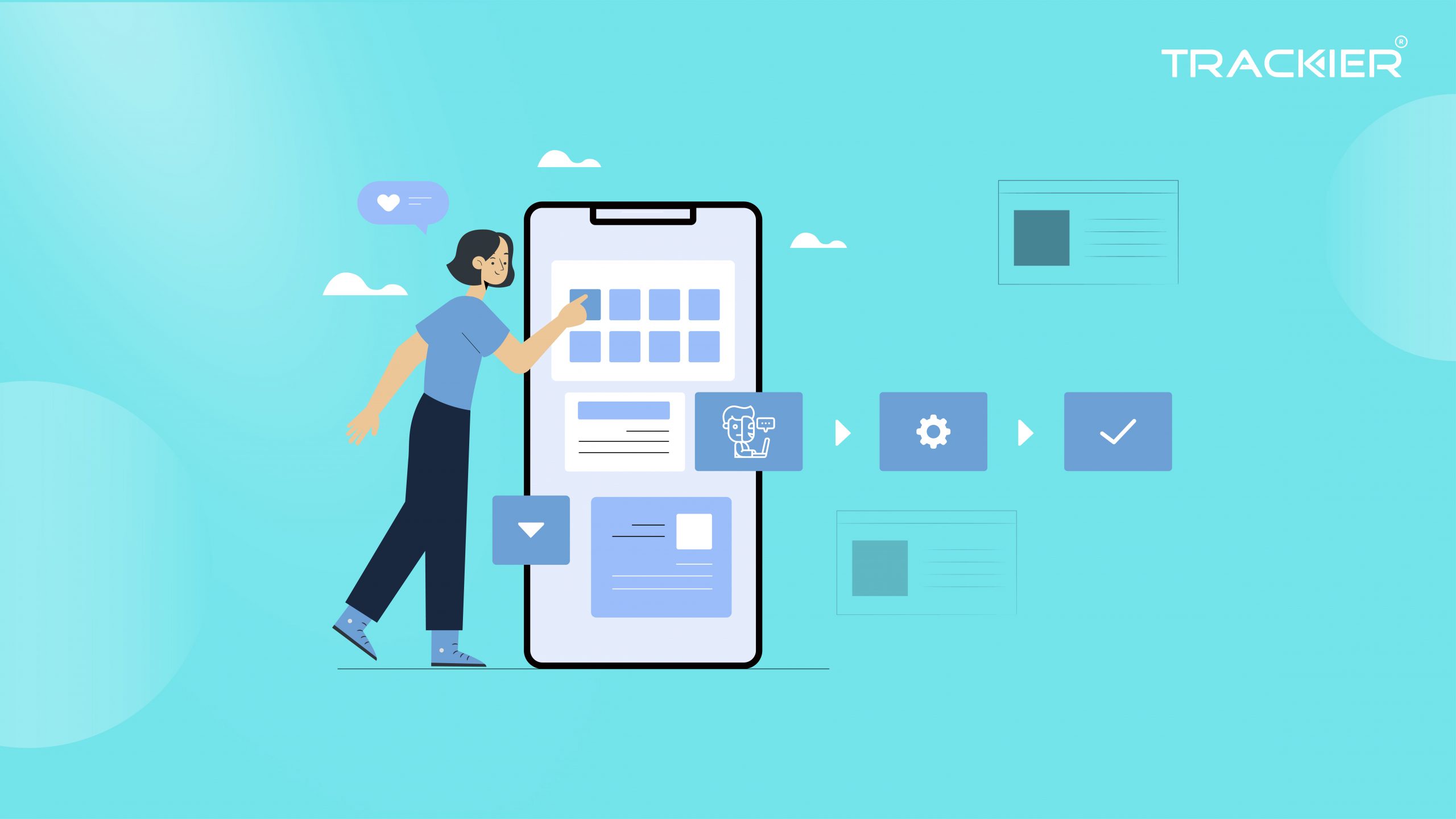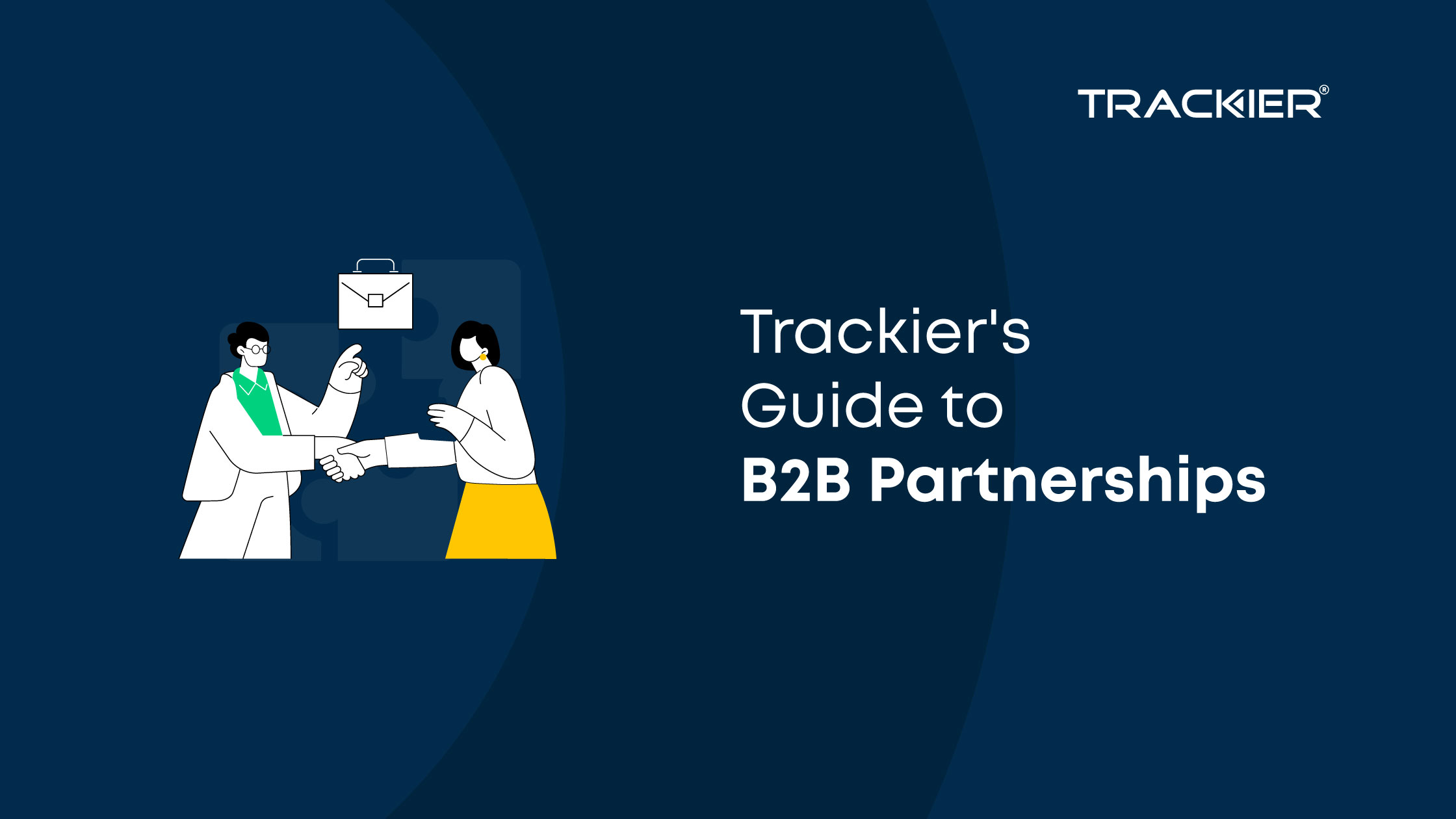With the growth of the mobile app ecosystem, the frauds committed to boosting install numbers are becoming more sophisticated by the day. Mobile app marketers need to be aware of one such growing methodology, the click injection, to protect their ad budget from fraudsters.
What is click injection?
A user follows a journey consisting of five steps where they are most vulnerable to fraud. Let’s assume you being a user of a gaming app see an ad and click on it which redirects you to an app store. The ad network will record this click and send information regarding this to the attribution platform.
Let’s say you went further and downloaded the app and install it on their device. The attribution provider will not register the install unless you launch the app at least once.
Further, the credit of the install goes to the advertiser that delivered the last click before the install. In the case of no clicks being registered, the install will be attributed as an organic install.
The user does not always launch the app right the minute they download it. It could be a day, a week, or even a month before they decide to launch the app for the first time. This wait time is where fraudsters can sneak in and claim the install as theirs.
A neat characteristic of click injection fraud is that it can only occur in Android. Why? Because fraudsters use install broadcast messages to the app on a user’s device which can only occur on Android. Let us explain.
If you are the target of a click injection fraud, the perpetrator will trick you into downloading and installing a seemingly harmless free app. It might even be a real app that functions as promised but its actual motive is to cause fraud.
It is designed in a way that it catches a signal when an app is launched for the first time on a device. The signal often includes a campaign ID which the attribution provider uses to attribute the last click to the right media source.
This signal is called an install broadcast and it informs the attribution provider that they just registered an ad click for the campaign when in actuality no click has occurred. The fraudsters trick the attribution provider by timing the fraudulent click to the moment of installation thus getting registered as the “last click” and getting the credit for the install when the app is actually launched for the first time.
How is Click Injection Different from Click Spamming?
Fraudsters indulging in click spamming send millions of clicks to an MMP for a chance at misattribution and getting a potential payout. Click injection is a more aggressive relative from the same family. These clicks are not sent before the install (like click spamming) rather immediately after the genuine install begins.
This is more likely to get misattributed as the fraudulent click is sent after the genuine install has begun thus being a more sophisticated click fraud.
Business insider predicts that Digital Ad Fraud is estimated to cost brands around $44 billion to fraudulent activities by 2022 and reach up to 45% of the total spent.
Trackier has created sophisticated algorithms that detect and prevent different types of fraud, including click injection and click spamming.
Why you should take measures against click injection?
Click injection fraud can completely skew your ad budget allocations since they register clicks that have not even happened thus distorting your attribution data and taking away from the ad networks that are actually driving the clicks to your app.
A simple way of detecting click injection forward is to monitor the timing of the reported click versus the first launch. If the installation is fraudulent then the timings are likely very close to one another.
If you want to address click injection forward among a variety of other mobile ad frauds, you will need a lot of time, money, and resources. Not many attribution providers can boast of an in-house sophisticated anti-fraud tool that detects and prevents ad fraud and you might have to go to a third-party fraud prevention tool.
Fortunately for Trackier clients, we provide a holistic anti-fraud tool that protects them from any and all ad fraud. We provide app owners complete transparency into ad performance, media investment, and revenue data so nothing is hidden from you and every fraudulent activity can be caught and eliminated.
Would you like to have a free fraud consultancy to learn how you can detect and prevent click spamming & click injection? Get started by clicking here.














